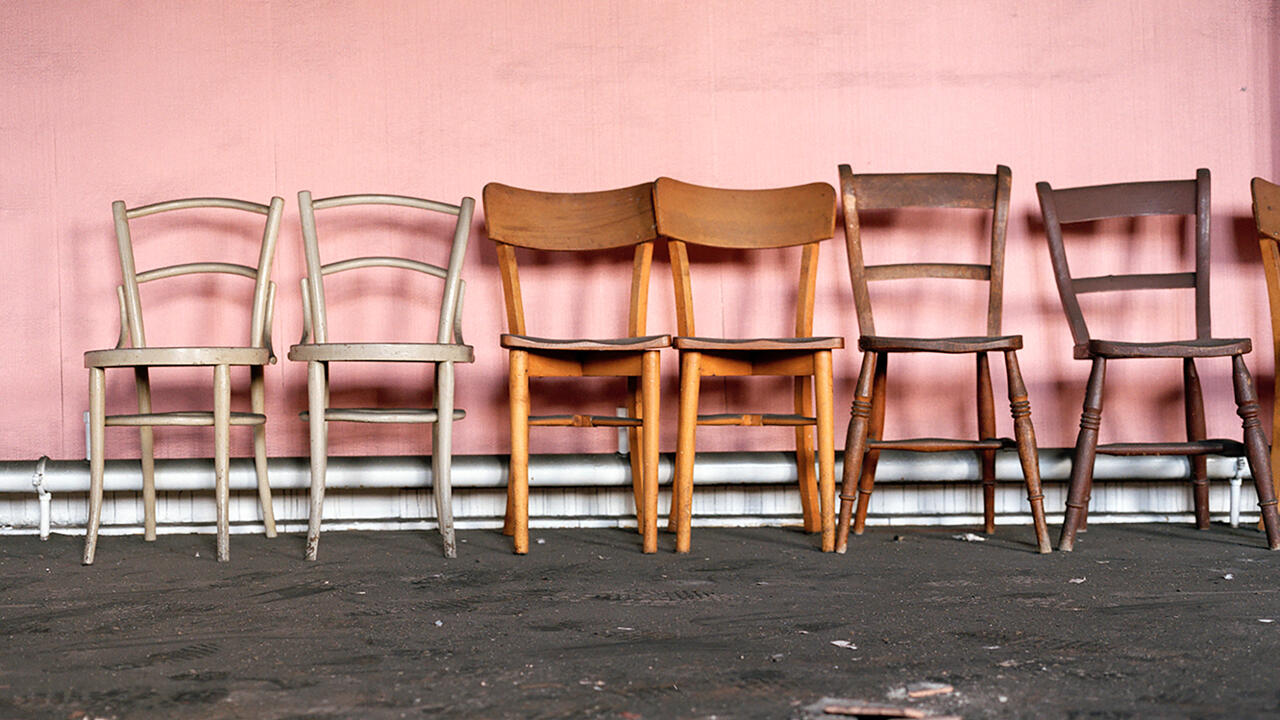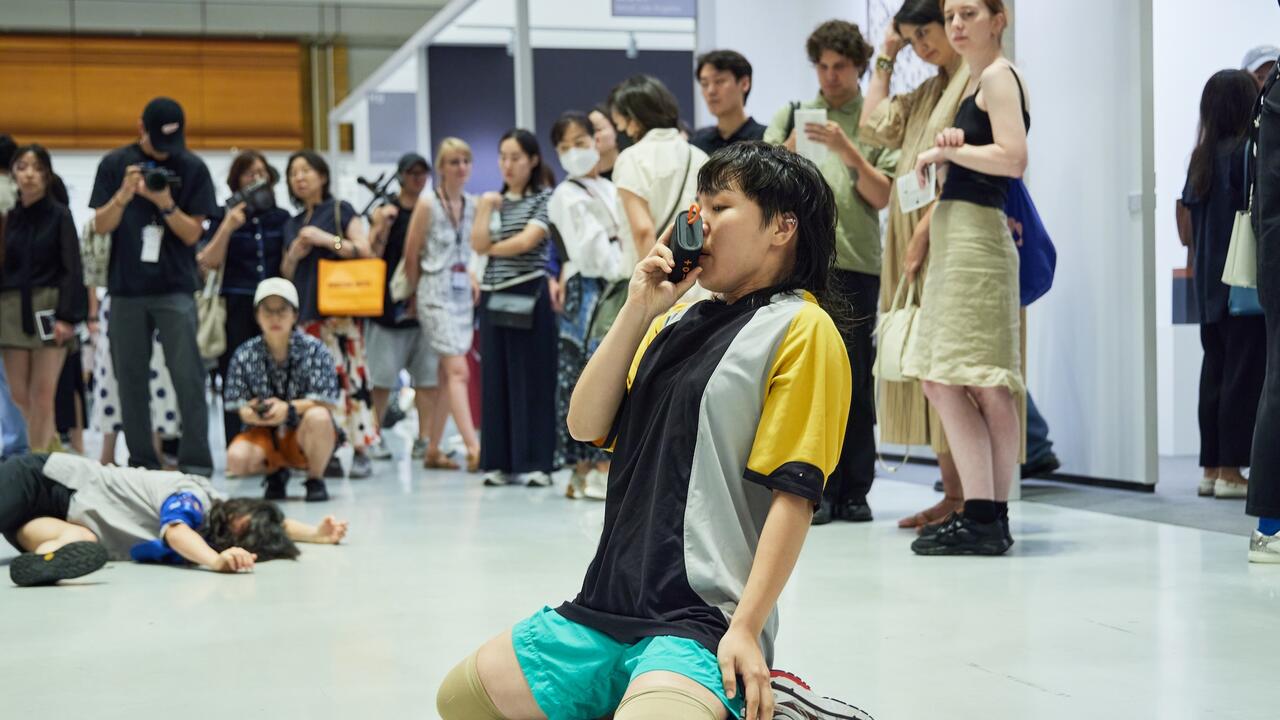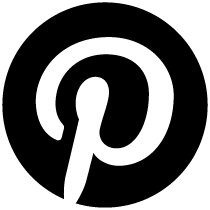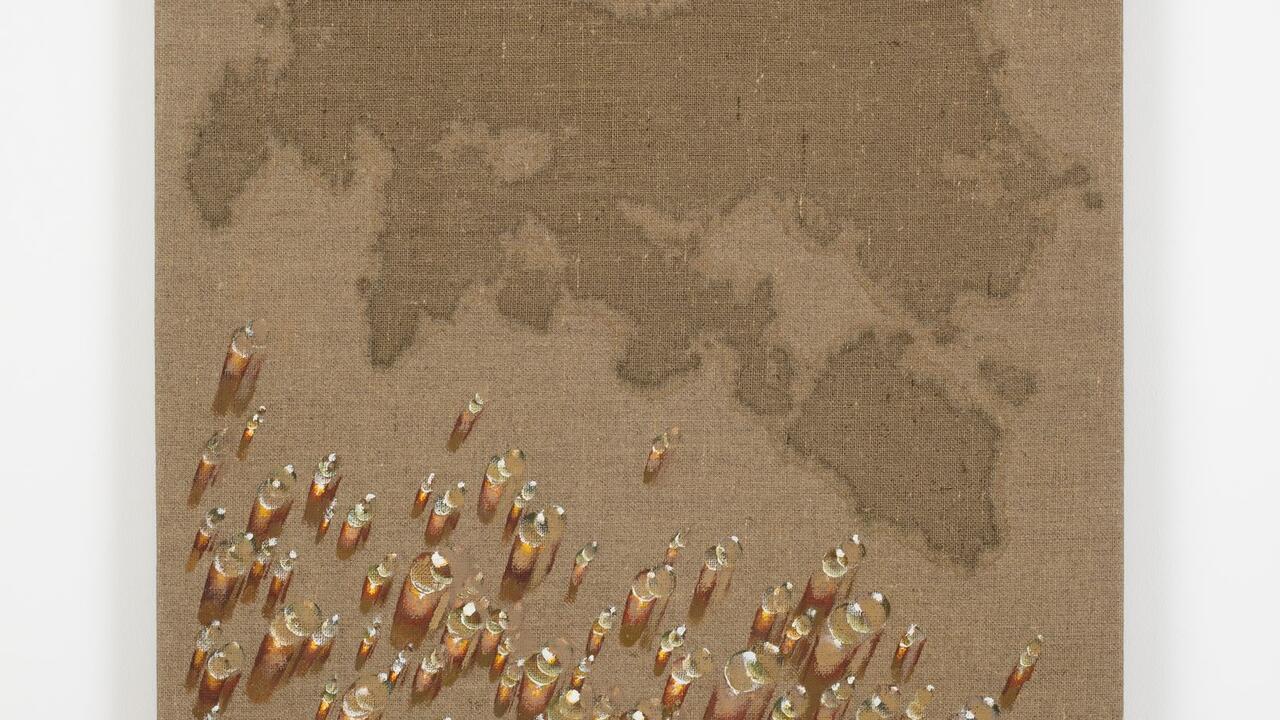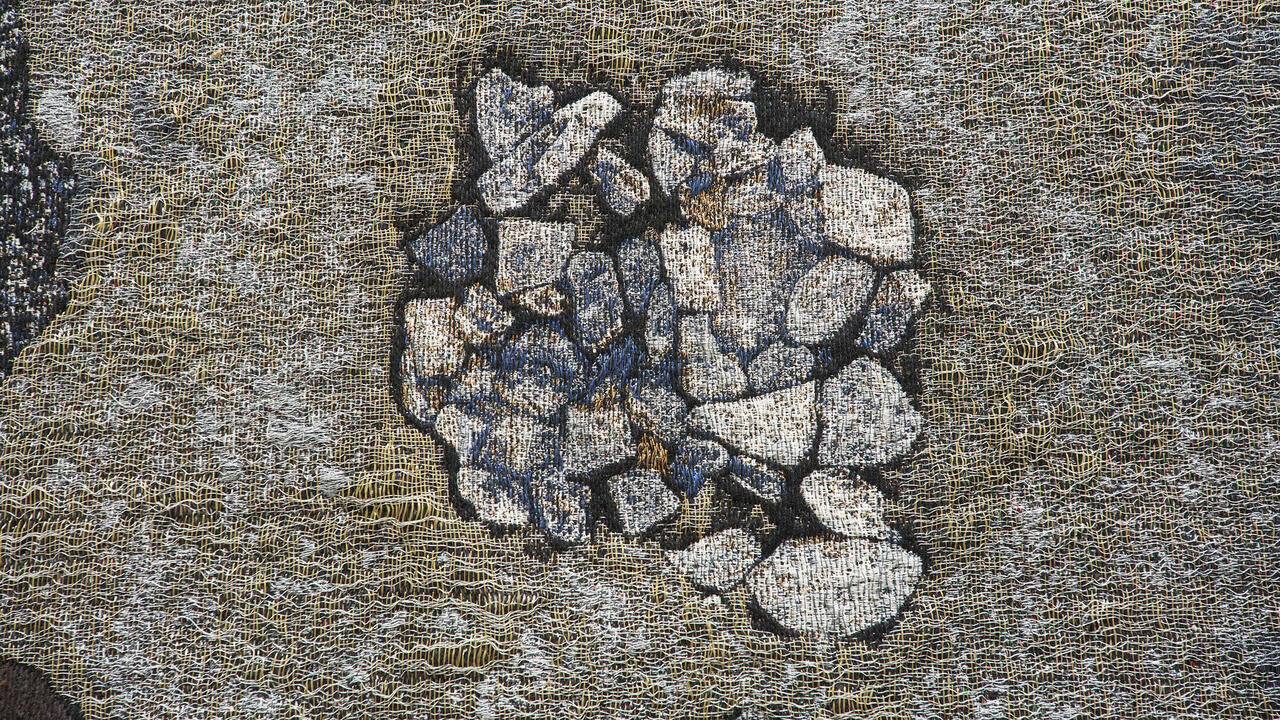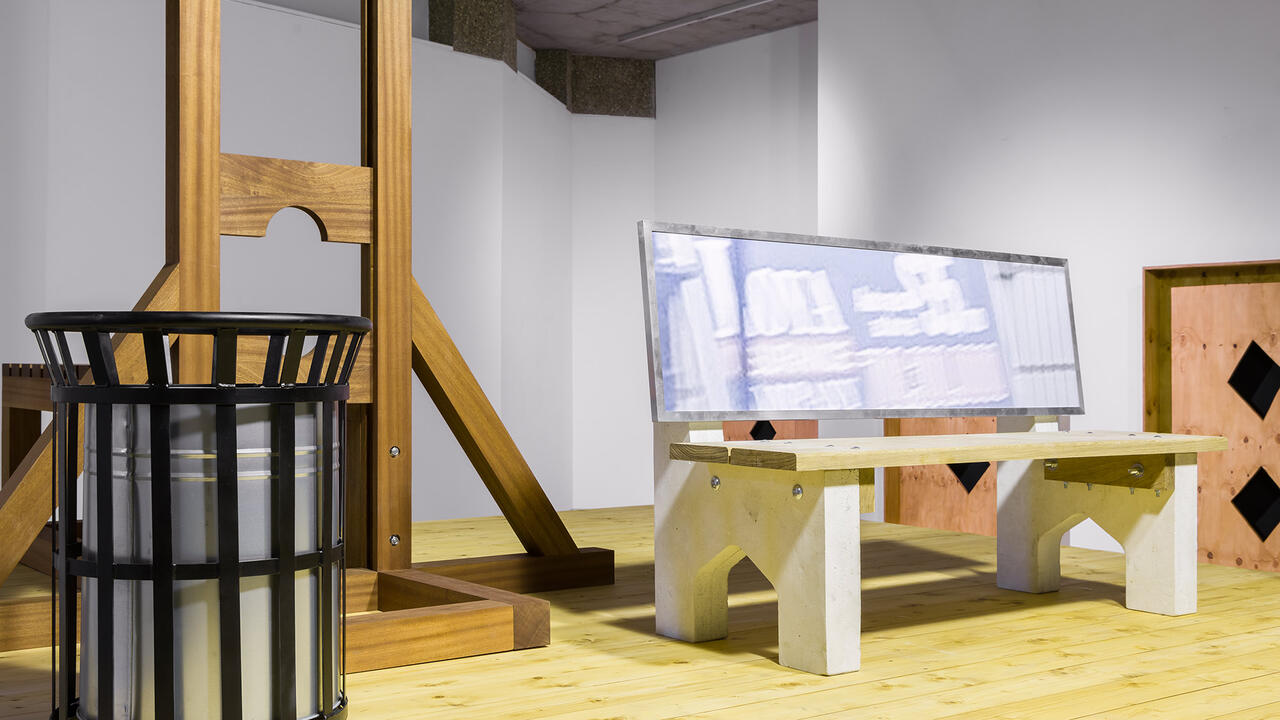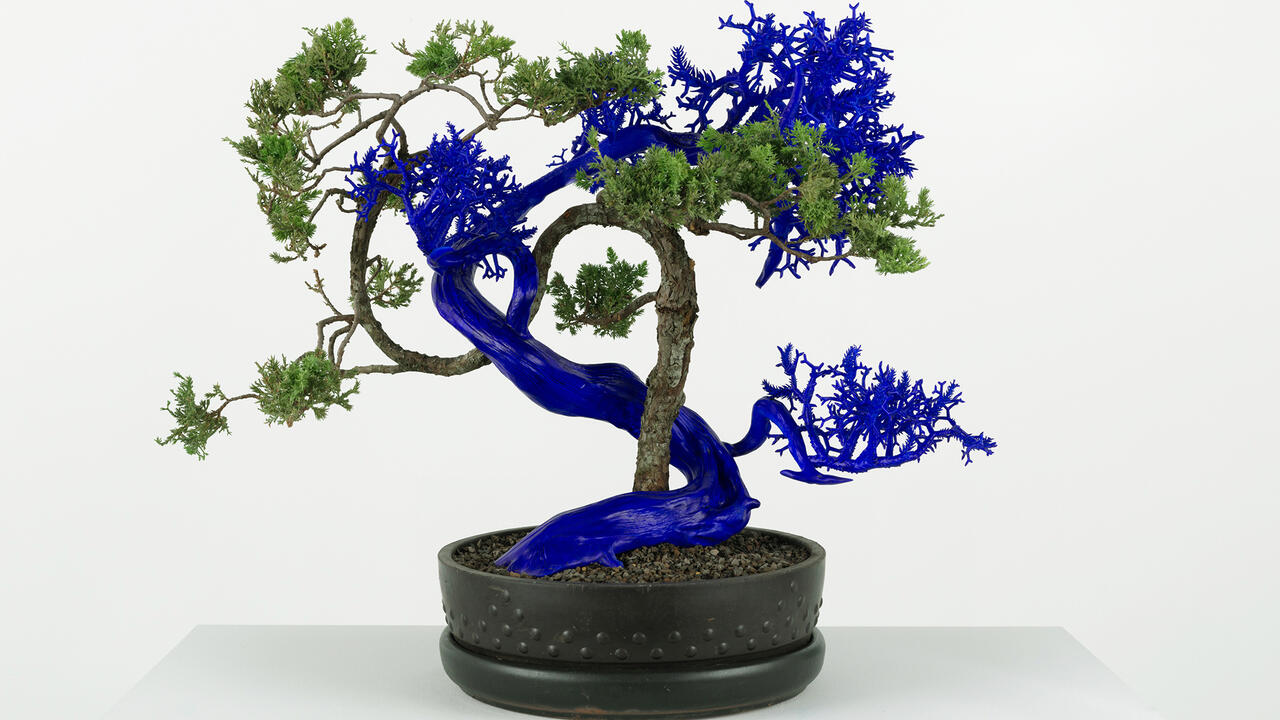Wifredo Lam Collapses Past, Present and Future
His print show at STPI Creative Workshop & Gallery, Singapore, upends the question: ‘What does it mean for an artist to be ahead of their time?’
His print show at STPI Creative Workshop & Gallery, Singapore, upends the question: ‘What does it mean for an artist to be ahead of their time?’

Few artists have embodied Édouard Glissant’s ‘poetics of relation’ as fully as Wifredo Lam, a friend of the Martinican poet and philosopher. In Poetics of Relation (1990), Glissant proposed a vision of relation based on opacity and the refusal of fixed identities – an ethos infusing Lam’s richly layered visual language. Born in Cuba to Chinese and Afro-Iberian parents, Lam traversed the Caribbean and Europe amid 20th-century wars and anti-colonial struggles. Shaped by the intellectual milieus of Surrealism and Negritude, he forged a pictorial idiom attuned to the hybrid currents of modernity. ‘Outside In’ at STPI Creative Workshop & Gallery, Singapore – Lam’s first solo exhibition in Southeast Asia – gathers mature prints created with Italian master printer Giorgio Upiglio, where these ideas ripple and coalesce in fluid forms.
From early on, Lam took an experimental approach to paper, layering and transforming it – even La Jungla (The Jungle, 1942–43), his best-known work, was painted on paper mounted on canvas. Printmaking’s iterative processes amplified such hybrid possibilities. ‘Outside In’ opens with an untitled 1980 aquatint that reworks La Jungla into a pulsating field of etched lines. Its dense thicket of sugarcane and tobacco conjures the Caribbean plantation as a matrix of both violence and creolized renewal.
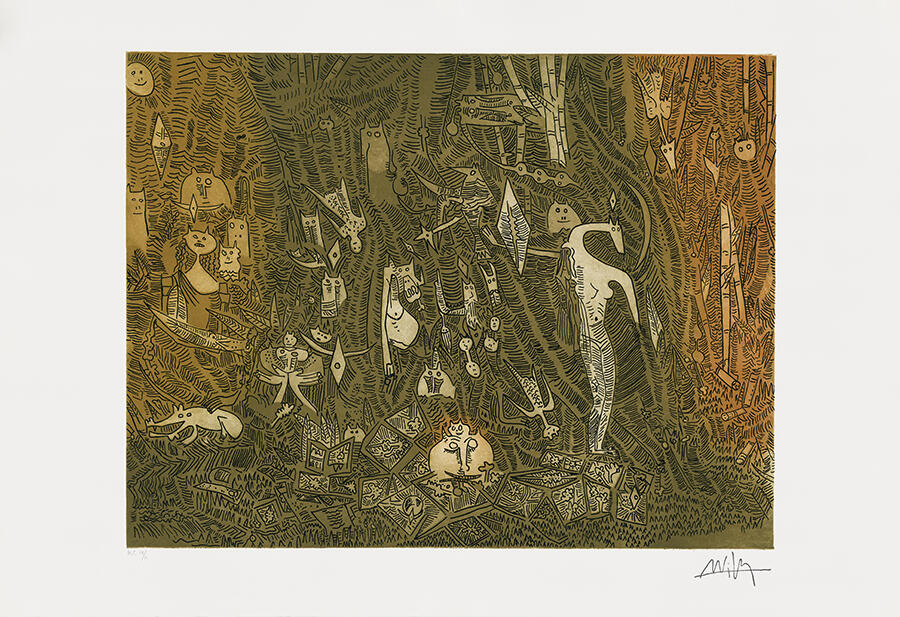
Lam’s hybrids – human, beast, plant and spirit – draw from Santería, a syncretic Afro-Cuban religion. Among these shapeshifting forms is Lam’s iconic femme-cheval (horse-headed woman), which anchors ‘Le regard vertical’ (Vertical Gaze, 1973), six vibrant lithographs accompanying poems by Christian Guez, Jean Joubert and Dominique Agostini. Rendered in bold, calligraphic strokes, the femme-cheval becomes a totemic form fused with sickles: emblems of violence, revolution and rupture. Printmaking offered Lam a generative space where image and text entwined, yielding artists’ books that reflected related sociopolitical concerns.
At the exhibition’s centre are three sets of aquatints – nuanced works that reward slow viewing. One of these, (Annonciation [Annunciation, 1969]), sparked a collaboration with poet Aimé Césaire, a founding figure of the anti-colonial Negritude movement, who wrote ten poems in response, transforming the plates into a joint project. Through Upiglio’s virtuoso gradations, spectral figures emerge from earthy grounds: unstable, fragmented forms that mimic the visual codes of Cubism and Surrealism only to subvert them.
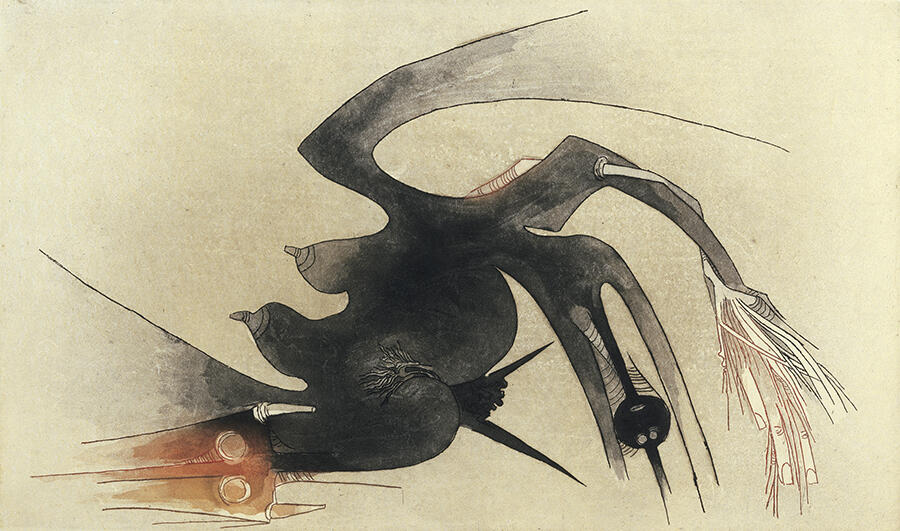
The most visually striking set, ‘Apostroph’ Apocalypse’ (1966), was created in dialogue with Romanian poet Ghérasim Luca’s writings amid the Cuban Missile Crisis. Printed on Japanese washi paper, its phantasmic forms – corporeal, feral, armed – appear through cloud-like fibres in muted greys, ochres and flashes of crimson, recalling ukiyo-e prints. Phoenix- and dragon-like figures writhe across the pictorial space, their classical attributes refracted through Lam’s heterogeneous vocabulary.
The exhibition concludes with L’herbe sous les pavés (Grass Under the Paving Stones, 1982), intimate etchings made in Lam’s final months to accompany five short stories by Jean-Dominique Rey. Balancing levity with reflection, their figures echo the oneiric linework of Lam’s early Fata Morgana (1941) illustrations for André Breton’s epic poem, which hinted at the visual vocabulary of his mature style.
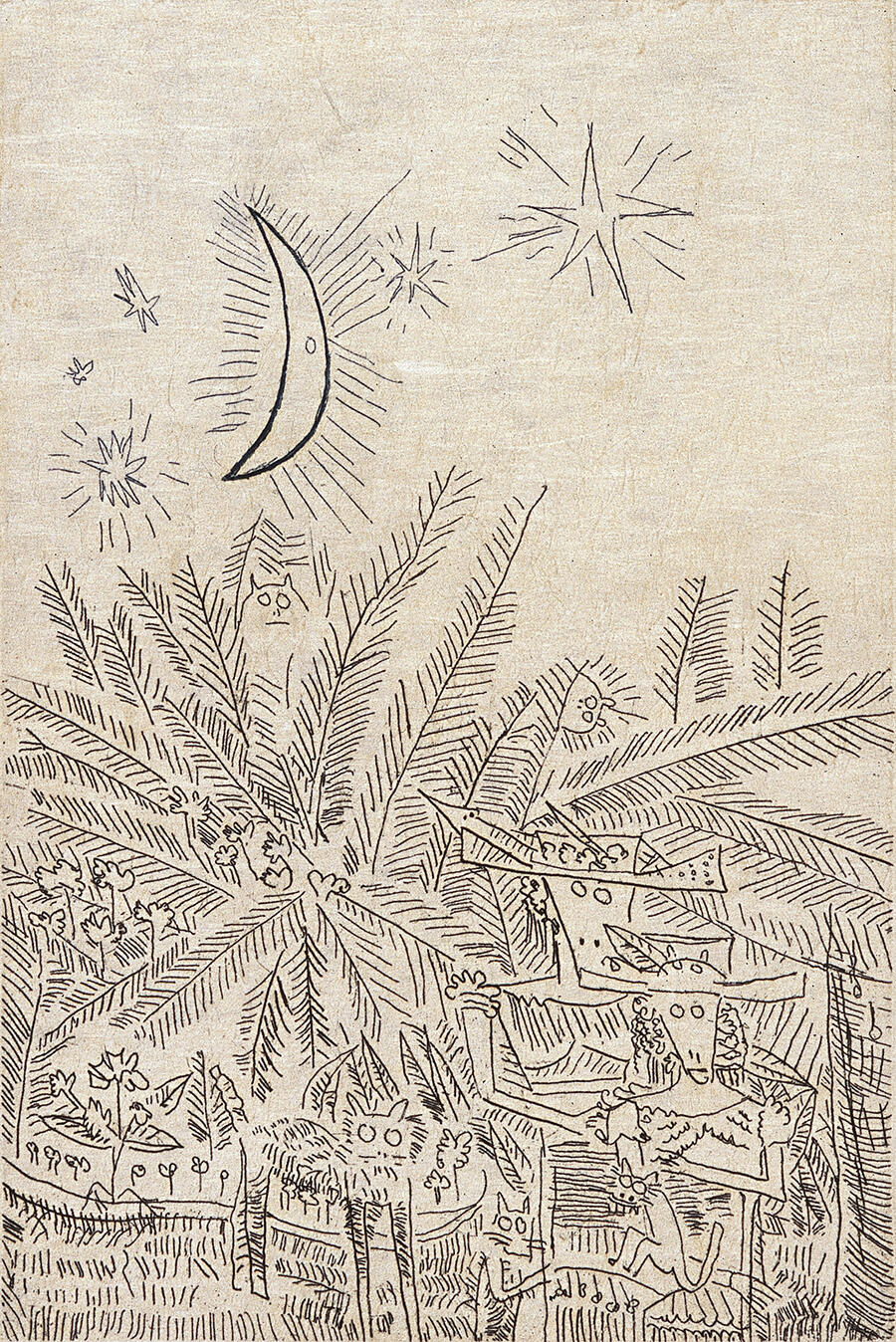
More than a print show, ‘Outside In’ foregrounds Lam’s own poetics of relation, where printmaking becomes a site of encounter and resistance. That it precedes MoMA’s upcoming retrospective underscores the renewed urgency of Lam’s art within global curatorial discourse. Reframing modernism through plural, transnational lenses, Lam’s work offers a vital model for thinking beyond inherited art-historical hierarchies.
Yet, against this backdrop, the question printed at the exhibition’s start – ‘What does it mean for an artist to be ahead of their time?’ – warrants critical reconsideration. As Glissant reminds us, relation unfolds in opacity and multiplicity – not in teleological advance. Lam’s art moves across time, collapsing past, present and future into layered, resonant fields. It invites us to inhabit a different temporality – one shaped by reverberation, entanglement and the ongoing work of relation.
Wifredo Lam’s ‘Outside In’ is on view at STPI Creative Workshop & Gallery, Singapore until 13 July
Main image: Wifredo Lam, ‘Outside In’, 2025, exhibition view. Courtesy: STPI – Creative Workshop & Gallery, Singapore





